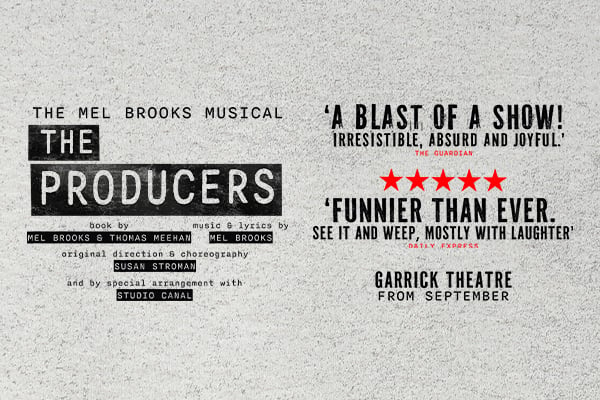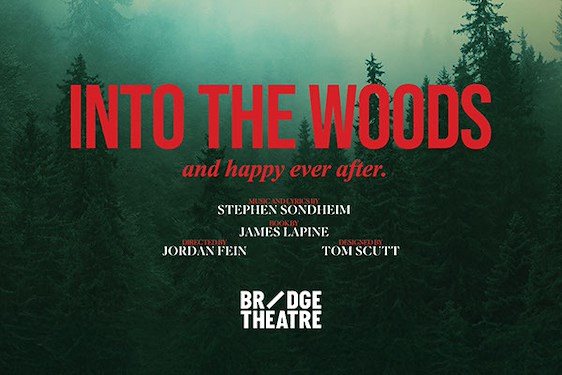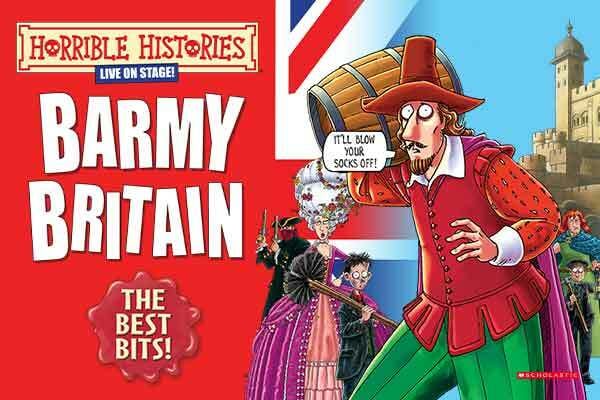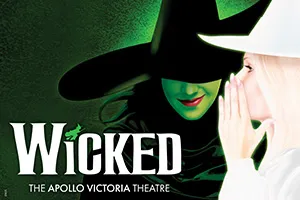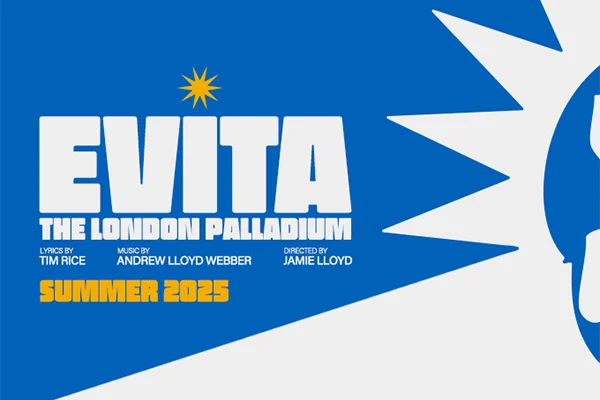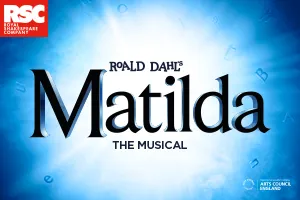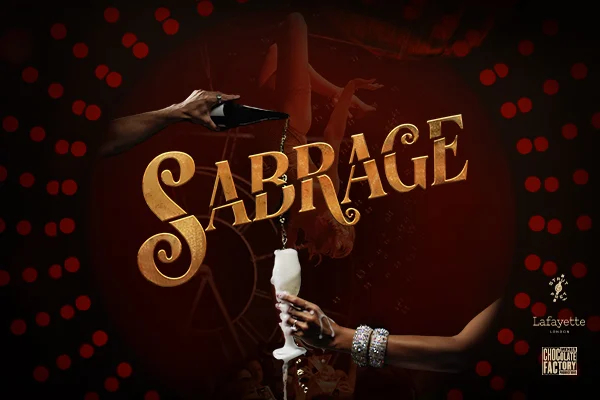Ten takes you on a personal journey of a question of identity. Choreographer and creator of Ten, Hetain Patel, reveals his interest and research into his own identity as being born and raised in England but being of Indian ethnicity. Unsure as to whether his mother tongue is Gujarati or English, and whether he prefers playing the trumpet or the drums, this show explores his own exploration of what really constitutes an identity. Cleverly intertwined, Patel performs movement in a style of physical theatre alongside his two supporting performers in which they all speak the international language of rhythm. Ten is an exceedingly educational show as all three performers introduce the concept of the ten beat rhythm cycle that is unique to Indian music. They explain the rhythm using a layered technique in which the basic ten beat cycle is created and then, using their bodies as percussion, beats are added and removed accordingly. The variation this cyclic rhythm can conjure up is so far from the British-based four beat bar in which most music we are used to is built upon. The rhythm is just one element of the show; Patel also explains how it feels to be the only Indian child in a class at school, making his ethnicity glaringly obvious yet feeling, for a period of time, that he is English through and through. He also uses Tilaka, the red powder used to create a Bindi, as a symbolic prop throughout the show. This performance opens your eyes to a refreshing view on identity. However, it is told from quite an unresolved perspective as it appears Patel himself is undecided on what comprises a person’s identity. Understandably, this is a very personal question and can be interpreted in numerous ways yet there is a feeling of uncertainty within the performance as the show, similarly to the rhythm it highlights, is confusingly cyclic. Luckily this doesn’t detract too much from the informative aspect of the work and the cultural magnifying glass Patel places over modern opinions on identity.









